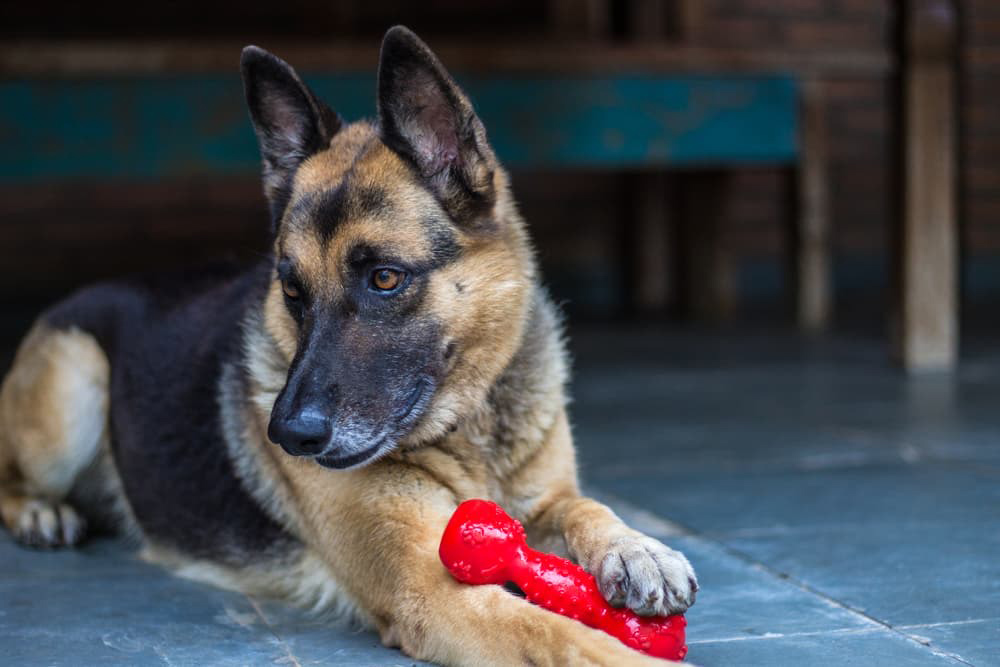By Heidi Clayton
Resource guarding in dogs is one of the most common behavioral issues that I am asked about. Resource guarding is defined as a behavior shown by a dog that discourages another from taking their things.
Commonly guarded items are food dishes, objects, toys, locations like couches or beds, and in many toy breeds, the laps of their owners. The behaviors displayed may include hard stares, freezing up, eating faster, growling, snarling, snapping, and actual biting.
If you have a puppy aged 12 weeks and under, you can teach them to have a positive emotional response to having valuable things taken away or shared. The below listed protocols are for puppies that are 12 weeks and under. Puppies over 12 weeks and adult dogs will need different protocols to treat the problem.
I never suggest reaching in for your dog’s food dish and taking it away for no reason if they are over 12 weeks of age. The critical socialization period where you can easily shape a puppy’s emotions only occurs ages 12 weeks and under.
Humans often do not respect a dog’s ownership over their possessions and think that we should be able to grab whatever we wish from a dog’s mouth whenever we want. This doesn’t come naturally to dogs who are programmed to view someone encroaching on their resources as extremely threatening. You have to show them that it is not only safe, but extremely rewarding. Reaching in and just taking things can actually create the problem of resource guarding.
For puppies under 12 weeks, there are three methods I use to help prevent resource guarding. First, when your puppy is eating from their dish, approach them and toss something even yummier than their food into the dish. This starts to create a positive conditioned emotional response to both your body and hands approaching their food dish. I use small bits of steak or pork, which I hide behind my back when approaching.
Next, in another session, when the puppy is eating, slowly reach in and remove the food dish with one hand. As the dish is removed, quickly give your puppy a few pieces of steak. Once the steak is in their mouth, give the dish back and allow them to start eating again. I do this about three to five times until my approach has the puppy looking up at me and happily expecting something in return.
For bones, objects, and toys, first touch the puppy while they are chewing a bone or toy and take it away. As quickly as it is taken away, give them a treat and return the bone or toy to them. Teaching them to actually release or exchange what they are holding on to is a different skill. These exercises are designed to teach a positive, conditioned emotional response to you approaching their prized possessions.
Resource guarding locations like beds, couches, and in toy breeds, laps, is also quite common. When my puppies are lying on their beds, I kneel down and rub them first, and then give them a treat. If you are holding a puppy in your lap you can have someone simply walk up to them, pet them and then give them a treat.
If your dog is over 12 weeks of age and displaying resource guarding behaviors, remember that these exercises are not for you and you will need to follow a different set of rules.
Heidi Clayton started Four on the Floor Dog Training as a result of her own struggle to find a positive and reward-based dog trainer in South Jersey. She breeds, trains, and shows her own bull terriers under the SoraBully’s Kennel name. Email questions to heidi@fouronthefloor.dog.






